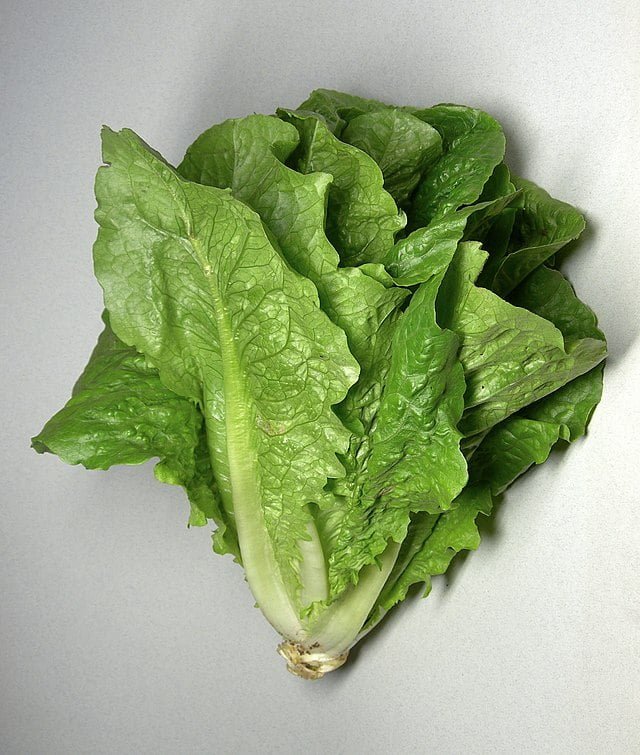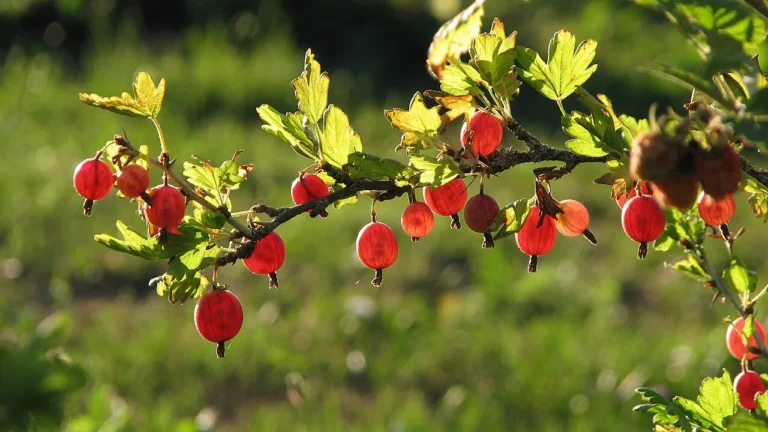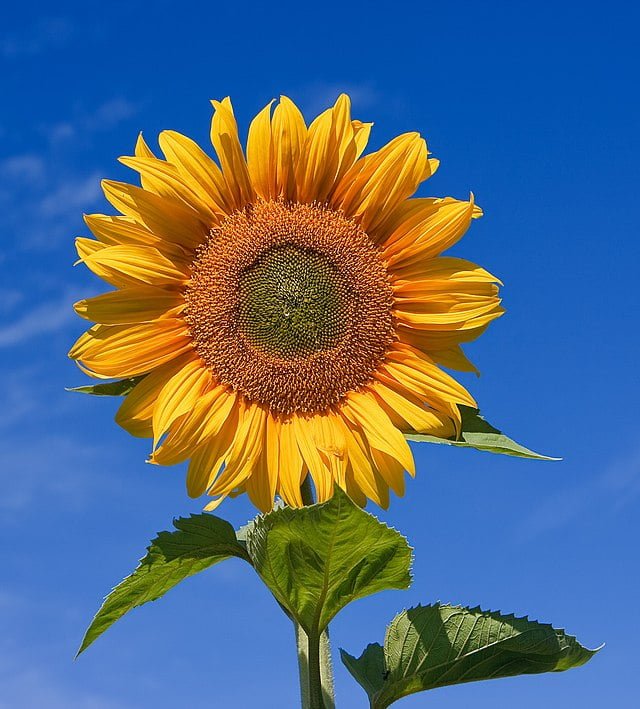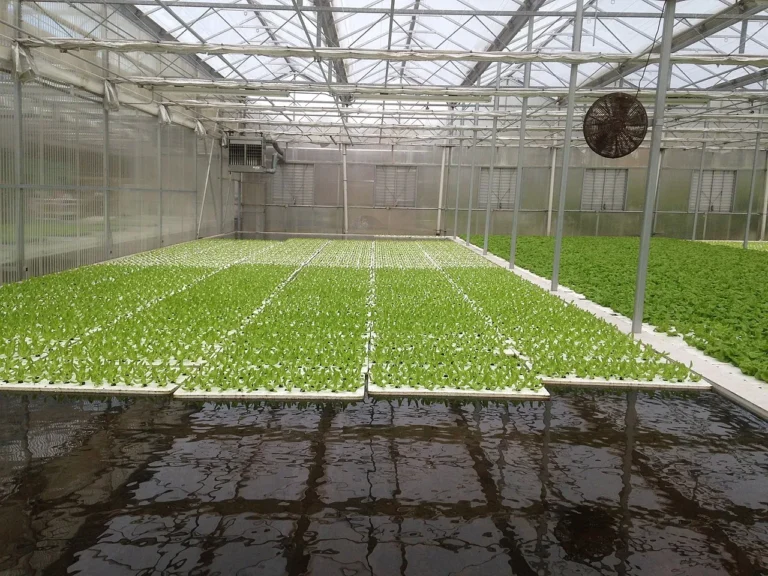Growing Lettuce: A Guide to Cultivating Fresh Greens
Lettuce is a versatile and nutritious leafy green that can be grown easily in your own garden. Whether you want to enjoy crisp salads, add a fresh touch to sandwiches, or create delicious wraps, growing lettuce allows you to have a constant supply of flavourful greens. This guide will provide you with simple steps to successfully cultivate lettuce and enjoy a bountiful harvest.
Selecting the Right Lettuce Variety
Lettuce comes in various types, including leaf lettuce, romaine lettuce, and head lettuce. Choose a lettuce variety that suits your taste preferences and growing conditions. Leaf lettuce varieties like ‘Green Oakleaf’ and ‘Red Salad Bowl’ offer loose, tender leaves. Romaine lettuce varieties like ‘Little Gem’ and ‘Cos’ have crunchy, elongated heads. Head lettuce varieties like ‘Iceberg’ form tight, dense heads. Consider factors like flavour, texture, and the desired harvest time when selecting the right variety.
Choosing the Planting Location
Lettuce thrives in cool weather and prefers a location with partial shade. If you’re growing lettuce in warmer regions, choose a spot that receives morning sun and afternoon shade to protect the plants from intense heat. Ensure the soil is well-draining, fertile, and rich in organic matter. If the soil is heavy, amend it with compost or well-rotted manure to improve drainage and nutrient content.
Planting Lettuce Seeds
Lettuce can be directly sown from seeds or transplanted as seedlings. For direct sowing, prepare the soil by raking it lightly to create a smooth surface. Sow the seeds thinly, about ¼ to ½ inch deep, and cover them with a thin layer of soil. Space the rows about 12-18 inches apart to allow for adequate growth. For transplanting, start lettuce seeds indoors 4-6 weeks before the last expected frost and transplant the seedlings outdoors once they have developed a few true leaves.
Watering and Care
Lettuce requires consistent moisture to thrive. Water the plants regularly to keep the soil evenly moist but not waterlogged. Aim for 1 inch of water per week, adjusting as needed based on weather conditions. Avoid overhead watering to prevent leaf diseases. Applying a layer of organic mulch, such as straw or shredded leaves, around the plants helps retain moisture, suppress weeds, and regulate soil temperature.
Pruning and Maintenance
Lettuce doesn’t require much pruning, but regular maintenance is essential. Thin the seedlings if they are overcrowded, allowing enough space for each plant to grow. Weed the area around the lettuce plants regularly to minimize competition for nutrients and water. Monitor for pests, such as slugs or aphids, and take appropriate measures to address any issues promptly.
Harvesting and Enjoying
Lettuce leaves can be harvested when they reach the desired size, typically around 4-6 inches in length. Harvest leaf lettuce by cutting outer leaves, leaving the center intact for regrowth. For head lettuce, cut the entire head at the base when it has formed a firm, dense structure. Enjoy the freshly harvested lettuce in salads, sandwiches, or as a garnish. Store unwashed lettuce in the refrigerator for a few days, wrapped in a damp paper towel or placed in a plastic bag to retain moisture.
Growing lettuce is a rewarding experience that allows you to have access to fresh, flavourful greens right in your backyard. By following these simple steps and providing the right growing conditions, you’ll be able to cultivate healthy lettuce plants and enjoy a continuous supply of delicious, homegrown salads.







